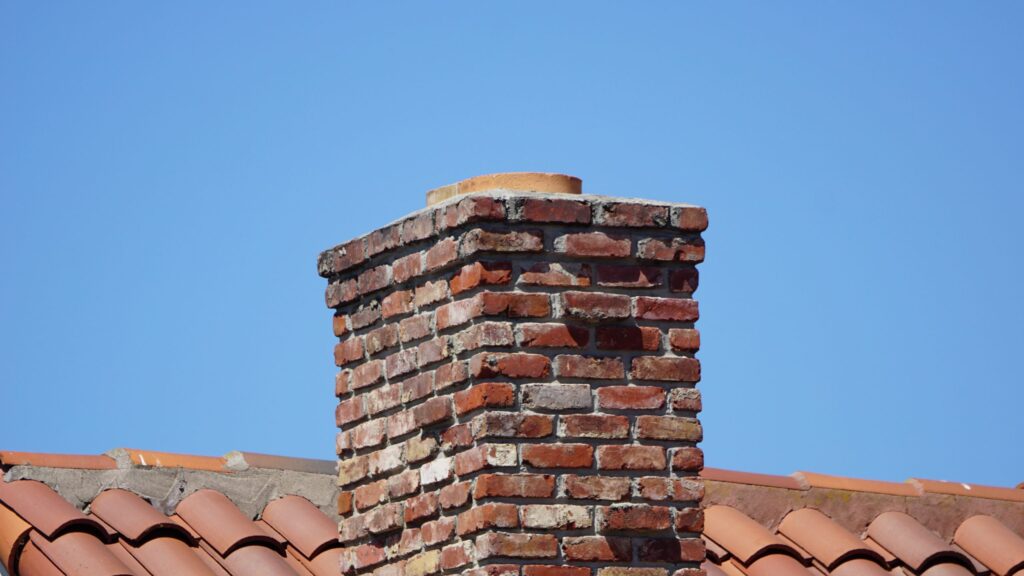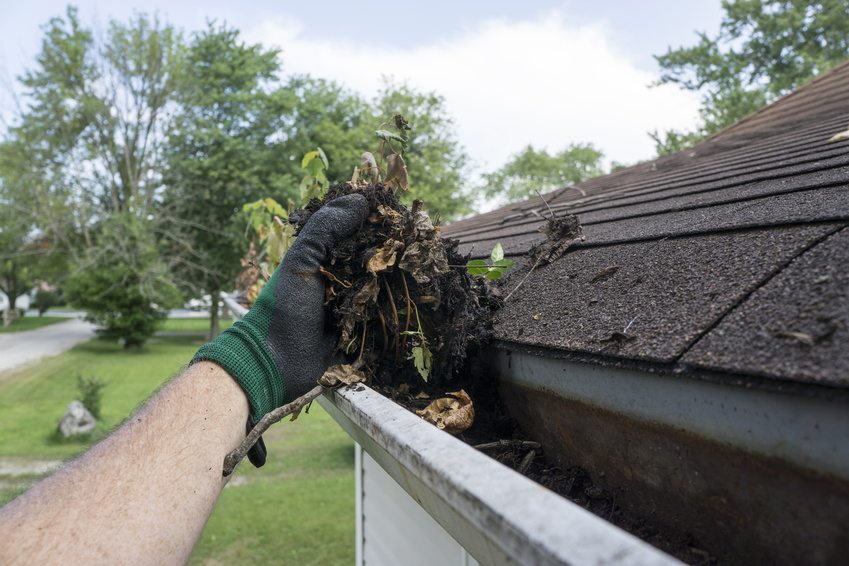Welcome to the Topic “Guide on getting your roof ready for winters”
The changing of the seasons, as well as the colder temperature, are two subtle signals that winter is approaching. Before a snowstorm, you bring out your snow boots, put up your holiday decorations, and rake the leaves to ensure that your house and family are prepared for winter. However, one item that should be emphasized is winterizing your roof.
Your roof serves as a protective barrier between your family and the elements, so you want to be sure that it is in good working order and is capable of keeping you warm and comfortable during the winter months. Preventing winter roofing issues before the cold weather arrives can help your roof endure the next storms and assure you that your house will be secure and dry over the upcoming months.
Examine the roofline of your home
Looking at your roofline should be the first step while prepping your roof for the winter months. Ideally, your roof lines should be straight, so any dipping, curling, or sagging you see should be taken seriously and investigated as soon as possible. A drooping roofline may be caused by structural problems with the framework or by a moist roof surface.
Roofs are subjected to severe rain and snowfall throughout the winter season, which may cause stress on the structure, aggravate drooping, and possibly result in a cave-in situation. A drooping roof isn’t always a reason for alarm, and, probably, the structure of the building isn’t compromised. However, if it is accompanied by a leak or other indicators of degradation, it may be required to address the problem.
Check for Leaks in the Chimney Flashing
Checking the chimney is the next item on your inspection list. It is the metal strip that seals the joint between your chimney and your roof that is the most typical source of roof leaks. Leaky flashing is often mistaken for a leaking roof and vice versa.
Ensure that your flashing is not loose or broken and that the caulk holding it in place is not cracked or degraded before moving further. Check for evidence of water infiltration around the chimney, as well as any other symptoms of water intrusion.

Inspection of the attic for signs of water damage.
After you’ve inspected your chimney, walk up to your attic, where you’ll likely find the earliest evidence of a leaking roof, if one exists. Watermarks on the walls, damp roof decking, and pools of water on the attic floor indicate a leak.
If you see any signs of water damage in your roofing system, you should arrange a professional roof inspection as soon as possible so that you can have your roof back in peak shape before the winter storms hit.
Remove any kind of debris.
Following the inspection of your roof, you should proceed to the cleaning stage. During the autumn, it is typical for leaves, twigs, and other debris to build on your roof. If this material is left on your roof over the winter, the piles will get saturated, making your roof vulnerable to water damage underneath the wet mess. Leaves and other debris may be safely removed using a leaf blower or by using your hands.
Clear the gutters.
Guttering, like the roof, serves as a catch-all for leaves, twigs, and other waste. Make sure to clean them entirely to avoid obstructions.
When cleaning up your gutters before the winter, keep an eye out for indications of animal infestations. Your roof may be home to squirrels, raccoons, birds, bees, bats, wasps, and hornets. You should get any active animals removed by a pest control professional for your safety.
Also, keep in mind that indicators of animal infestation may be too high up to view or reach with your ladder. While doing your winter roof inspection, your roofing specialist will search for evidence of animals living beneath your roof in your attic.

Remove low-hanging branches.
Winterizing your roof also entails prepping the trees in your immediate vicinity. Winter is a dangerous time of year for trees with low-hanging branches near your home’s roof. During a storm, snow and ice may accumulate on these branches, causing them to shatter as a result of the added weight and crash directly on your roof. Trimming or eliminating these branches will reduce the likelihood of branch-related damage occurring over the winter.
The removal of branches by yourself may be dangerous if the branches are hanging over your roof. To assist you with the task and to guarantee that your roof remains secure throughout, consult with a professional who can provide guidance.
Get a Professional Roof Inspection performed.
Roof damage may progress fast from requiring a simple repair to necessitating a complete roof replacement, so if you have any worries about your roof, book a professional roof inspection as soon as possible.
A professional roof inspection will reveal any existing issues with your roof that aren’t evident to the untrained eye and will help you make the necessary repairs. If a leak or other problem is discovered, having the repairs completed before the winter storms arrive in full force will guarantee that your roof is ready to withstand the rain, snow, ice, and wind that will be encountered.
Takeaway
Winterizing your roof is an important step to take, but it does not ensure that your roof will not be harmed by snow and ice over the winter. Preventative maintenance includes keeping an eye out for symptoms of roof damage, particularly after large storms, so that you can address it as soon as possible and prevent the need for more significant repairs down the road.
The roofing contractors at Agile Roofing Canberra would be delighted to assist you if you find yourself in need of their expertise throughout the winter months. Our skilled roofers are highly certified and trained to assess and repair all types of roof damage, as well as to provide preventative maintenance. Schedule your free estimate now to get the ball rolling on the project.
Have any questions regarding the topic “Guide on getting your roof ready for winters” feel free to comment below.
Also Read: Warning signs you need a roof repair

